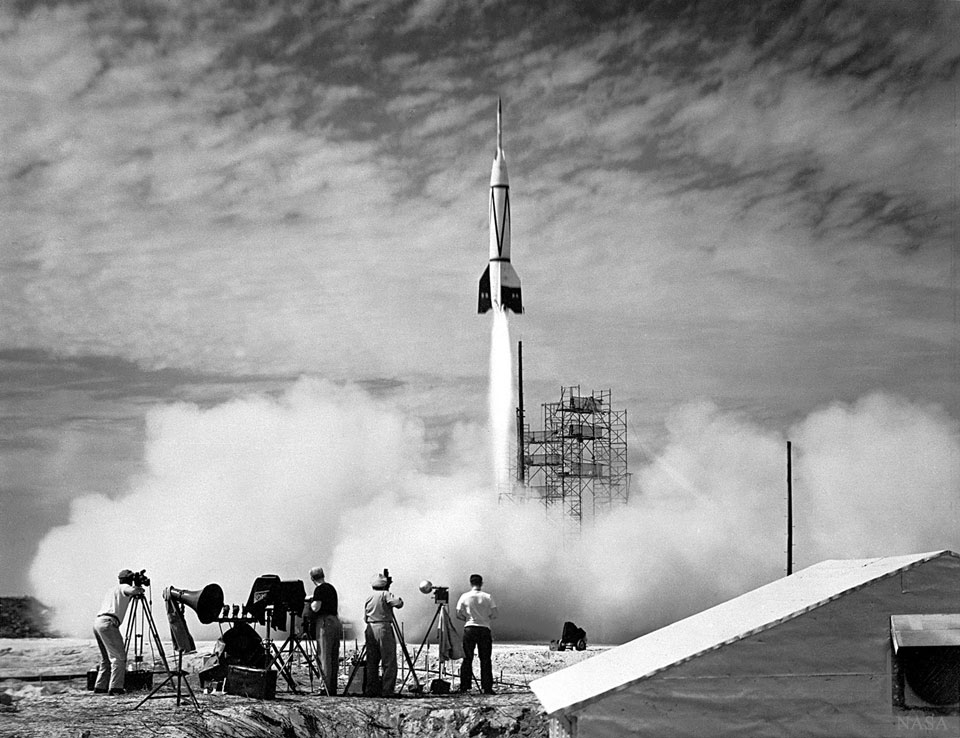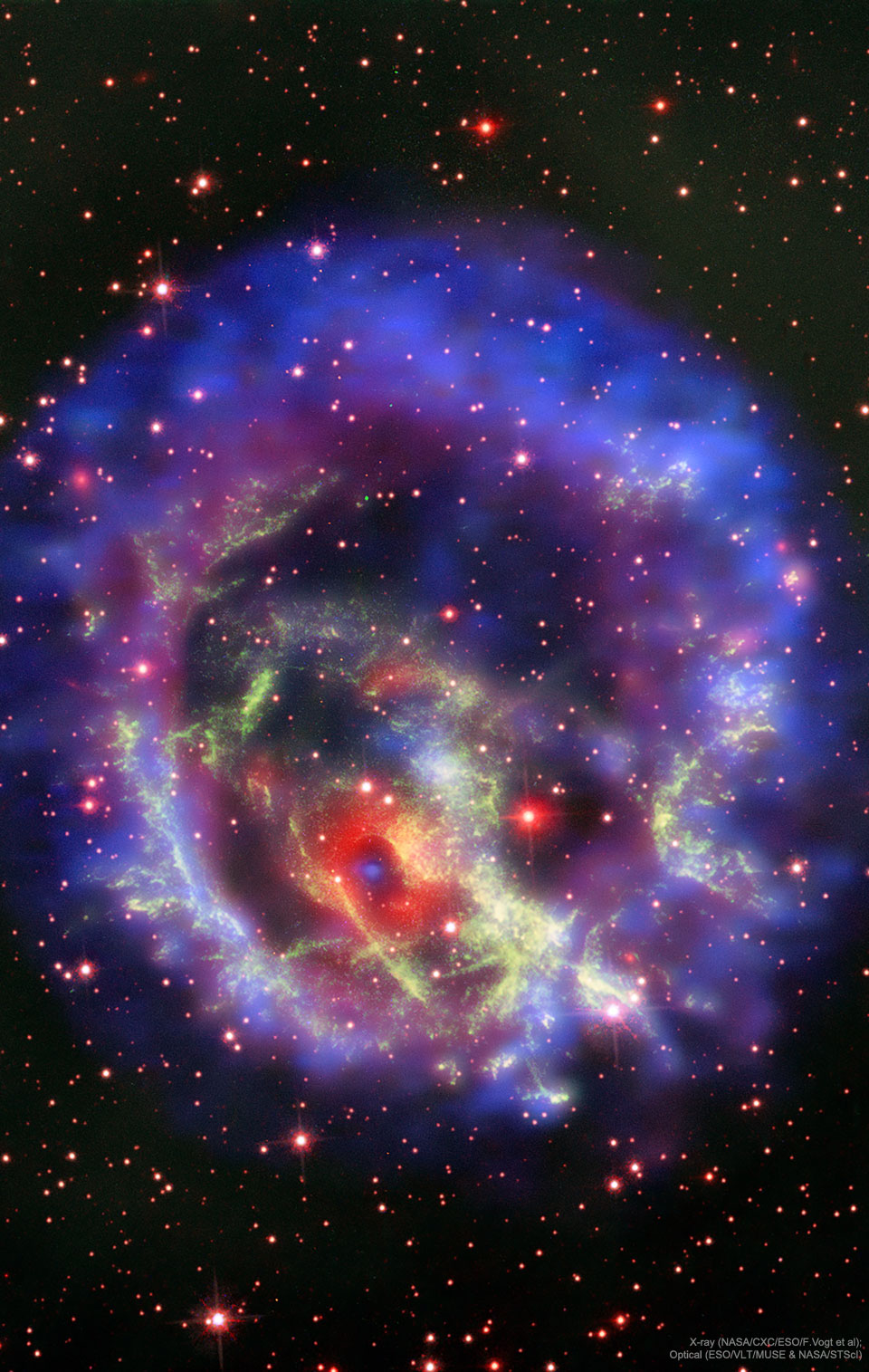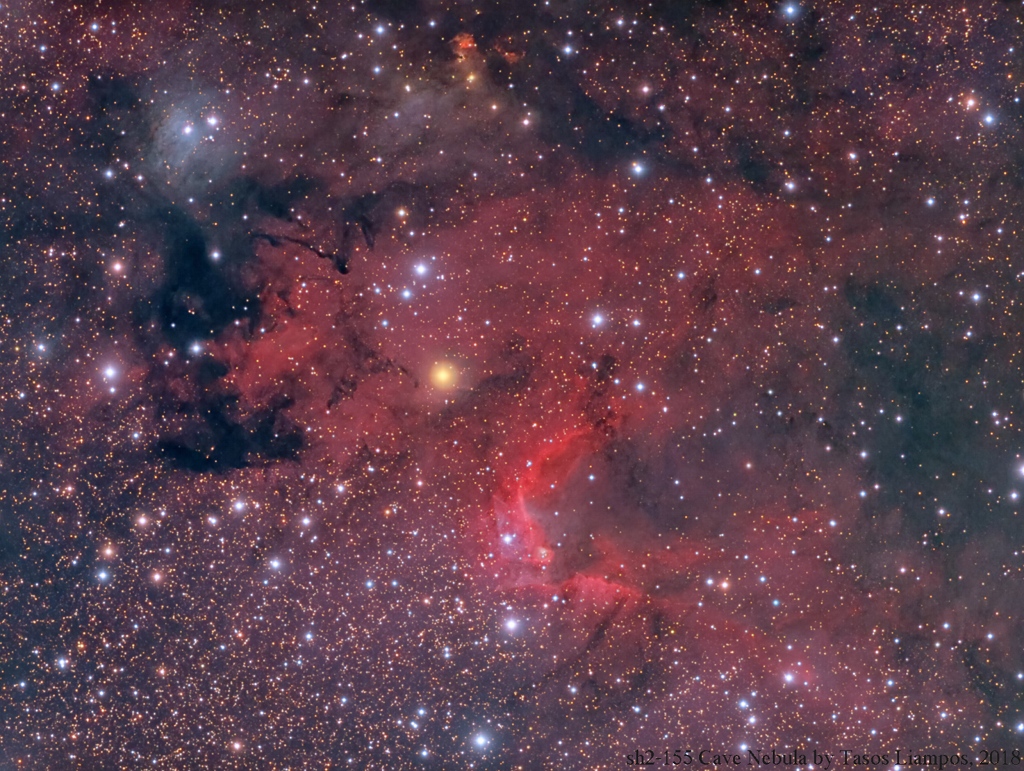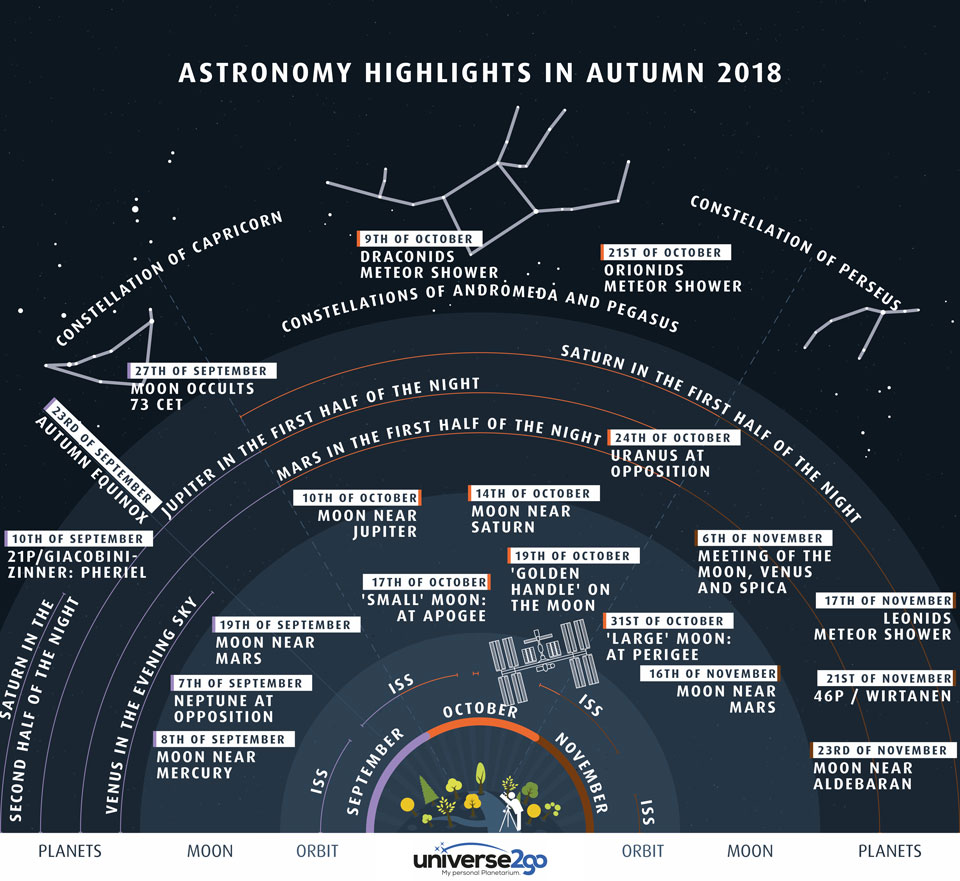
Découvert dans les années 90 par le Centre d’immunologie moléculaire de La Havane (Cuba), le CIMAvax-EGF fonctionne par des injections toutes les deux semaines puis chaque mois. Il permet au corps de produire des anticorps dirigés contre une certaine protéine, l'EGF ("Endothelial Growth Factor", ou en français "facteur de croissance endothélial"). Pour rendre le corps intolérant à l'EGF qu'il contient naturellement, le CIMAvax-EGF associe à l'EGF une protéine bactérienne qui stimule les défenses immunitaires et les force à cibler l'EGF.
Lire + sur :
https://www.sciencesetavenir.fr/sante/cancer/
https://www.sciencesetavenir.fr/sante/cancer/










